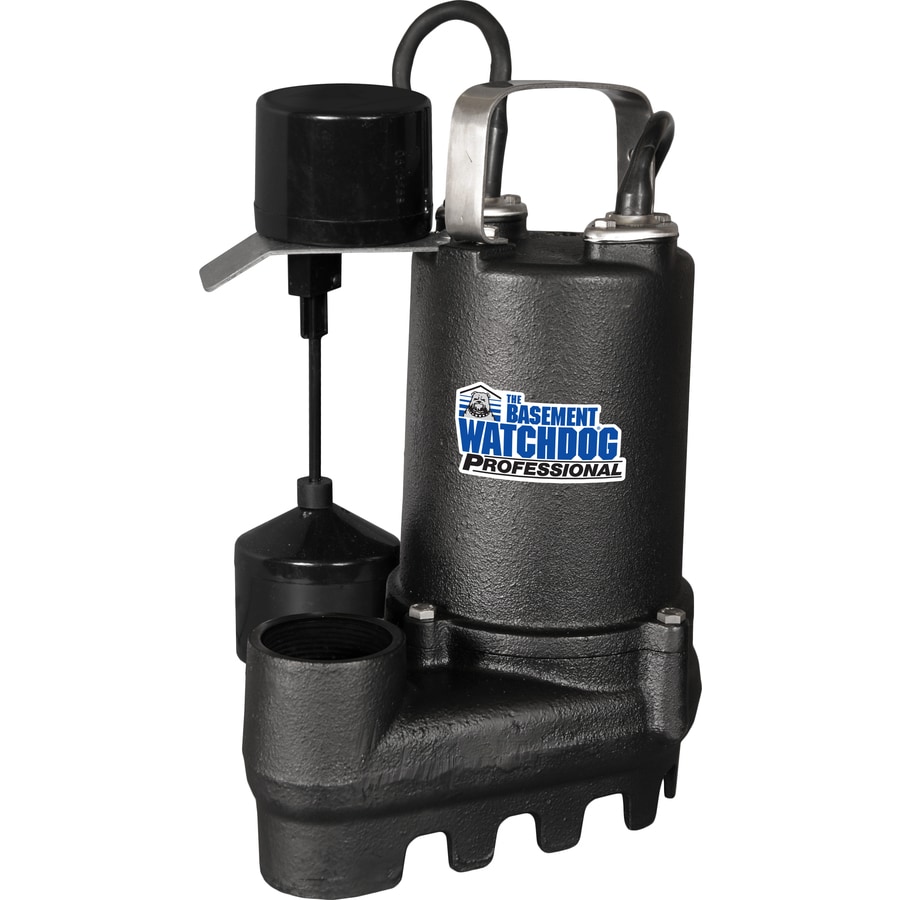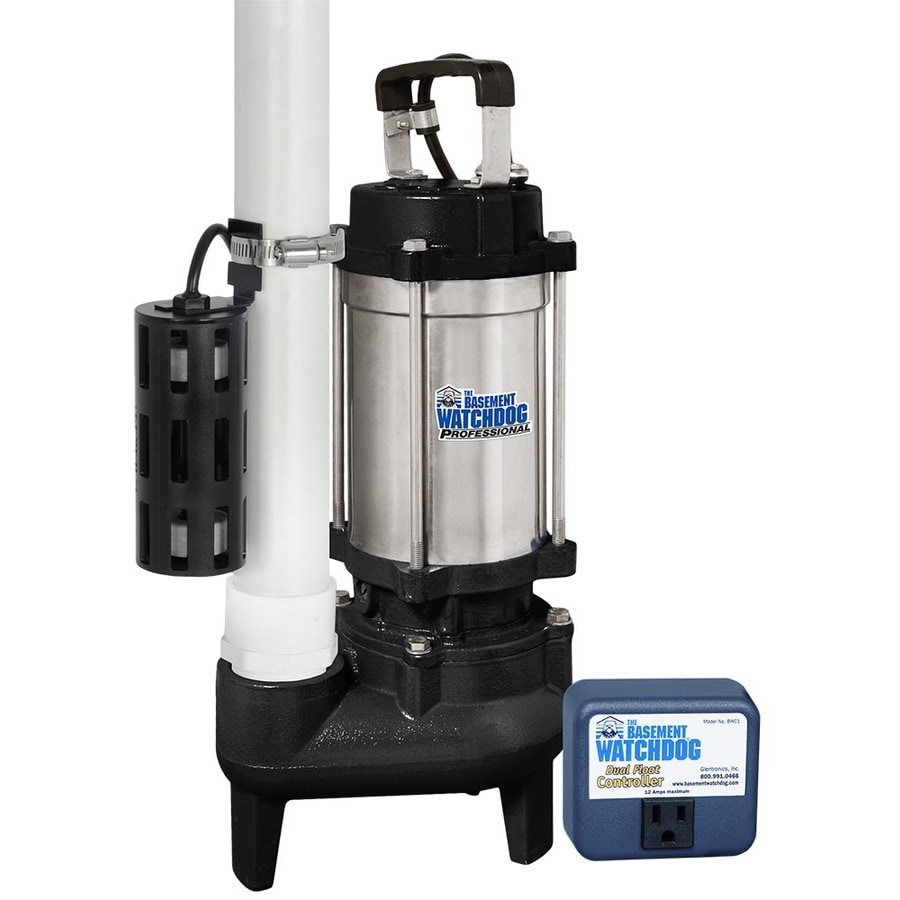Understanding Basement Bathroom Pump Needs

Pumping water from a basement bathroom presents unique challenges due to its location below ground level. Gravity, drainage, and potential flooding are crucial factors to consider when choosing the right pump for this application.
Types of Pumps for Basement Bathrooms
Different types of pumps are commonly used for basement bathrooms, each with its own strengths and weaknesses.
- Submersible pumps are designed to be submerged in water and are ideal for situations where the water level fluctuates, such as a sump pit. They are typically more powerful than other types of pumps and can handle larger volumes of water.
- Sump pumps are similar to submersible pumps but are specifically designed to remove water from a sump pit. They are often used in basements to prevent flooding and are typically less powerful than submersible pumps.
- Sewage pumps are designed to handle wastewater, including sewage and greywater. They are typically more powerful than sump pumps and can handle larger solids. While they are not typically used for basement bathrooms, they may be necessary in situations where the bathroom drains into a septic system or if there is a risk of sewage backup.
Importance of Pump Capacity and Flow Rate
The capacity and flow rate of a pump are critical factors to consider when choosing a pump for a basement bathroom.
- Pump capacity refers to the volume of water the pump can move per unit of time, typically measured in gallons per minute (GPM). The capacity of the pump should be sufficient to handle the expected water flow from the bathroom, including the toilet, sink, and shower.
- Flow rate refers to the speed at which the pump can move water, typically measured in feet per minute (FPM). The flow rate of the pump should be sufficient to ensure that the water is removed quickly and efficiently, preventing backups and flooding.
The capacity and flow rate of the pump should be determined based on the size and usage of the basement bathroom. For example, a small bathroom with a single toilet and sink may require a pump with a lower capacity and flow rate than a larger bathroom with a shower, bathtub, and multiple fixtures.
Choosing the Best Pump for Your Basement Bathroom: Best Pump For Basement Bathroom

Now that you understand the basics of basement bathroom pumps, it’s time to dive into the details of selecting the right one for your needs. Choosing the right pump can significantly impact its performance, efficiency, and longevity.
Factors to Consider When Choosing a Basement Bathroom Pump
The best pump for your basement bathroom depends on several factors.
- Water Volume: This refers to the amount of water your pump needs to handle per minute (GPM). Consider the size of your bathroom, the number of fixtures, and the typical water usage patterns. A larger bathroom with multiple fixtures will require a higher GPM than a smaller one with fewer fixtures.
- Drainage Distance: This refers to the distance the pump needs to move water horizontally and vertically. The further the water needs to travel, the more powerful the pump needs to be. A longer drainage distance will require a pump with a higher head pressure.
- Potential for Clogging: Basement bathrooms are more susceptible to clogging due to debris like hair, soap, and dirt. Choosing a pump with a larger impeller and a built-in grinder can help prevent clogging.
Comparing Different Pump Brands and Models
The market offers a wide variety of basement bathroom pumps, each with unique features and specifications. Here’s a comparison table to help you understand the key differences:
| Brand | Model | GPM | Head Pressure | Features | Pros | Cons |
|---|---|---|---|---|---|---|
| [Brand 1] | [Model 1] | [GPM value] | [Head Pressure value] | [Feature list] | [Pros list] | [Cons list] |
| [Brand 2] | [Model 2] | [GPM value] | [Head Pressure value] | [Feature list] | [Pros list] | [Cons list] |
| [Brand 3] | [Model 3] | [GPM value] | [Head Pressure value] | [Feature list] | [Pros list] | [Cons list] |
Evaluating Pump Efficiency, Energy Consumption, and Noise Levels
It’s essential to consider the overall efficiency, energy consumption, and noise levels of the pump.
- Efficiency: A more efficient pump will require less energy to operate, leading to lower energy bills. Look for pumps with a high horsepower rating and a good hydraulic design.
- Energy Consumption: Energy consumption is measured in watts (W) or kilowatts (kW). A higher wattage pump will consume more energy. Choose a pump with a wattage rating that aligns with your energy consumption goals.
- Noise Levels: A noisy pump can be disruptive, especially in a basement bathroom. Check the manufacturer’s specifications for noise levels in decibels (dB). Pumps with a lower dB rating are generally quieter.
Tips for Choosing the Right Basement Bathroom Pump
- Consult a Professional: If you’re unsure about the best pump for your needs, it’s always a good idea to consult a qualified plumber or HVAC technician. They can assess your specific situation and recommend the most suitable pump.
- Read Reviews: Before making a purchase, read reviews from other homeowners who have used the pump. This can provide valuable insights into its performance, reliability, and noise levels.
- Consider the Warranty: A good warranty can offer peace of mind and protect you from unexpected repairs. Choose a pump with a comprehensive warranty that covers parts, labor, and defects.
Installation and Maintenance of a Basement Bathroom Pump

Installing a basement bathroom pump is a relatively straightforward process that can be done by most homeowners with basic plumbing and electrical skills. However, it’s crucial to prioritize safety and follow the manufacturer’s instructions meticulously.
Installation Process
Installing a basement bathroom pump involves several steps, ensuring proper plumbing connections, electrical wiring, and adherence to safety protocols.
Plumbing Connections
- Locate the drain pipe: Identify the drain pipe that carries wastewater from the bathroom. This pipe is usually located near the toilet or shower.
- Connect the pump to the drain pipe: Connect the pump’s inlet to the drain pipe using a suitable adapter. Ensure a tight seal to prevent leaks.
- Connect the discharge pipe: Connect the pump’s outlet to a discharge pipe that leads to the main sewer line or a designated drainage point. This pipe should be sloped upward to ensure proper drainage.
- Install a check valve: Install a check valve on the discharge pipe to prevent backflow of wastewater into the pump.
Electrical Wiring
- Identify the power source: Locate a suitable power outlet for the pump. Ensure the outlet is properly grounded and rated for the pump’s wattage.
- Connect the pump to the power source: Connect the pump’s power cord to the outlet. Ensure the wiring is properly insulated and secured to prevent electrical hazards.
- Install a GFCI outlet: Install a Ground Fault Circuit Interrupter (GFCI) outlet for added safety in a wet environment like a basement bathroom.
Safety Precautions
- Turn off the water supply: Before starting any plumbing work, turn off the water supply to the bathroom to prevent flooding.
- Use proper tools and equipment: Ensure you have the right tools and equipment for the installation, such as wrenches, pliers, and a level.
- Wear safety gear: Wear safety goggles, gloves, and work boots to protect yourself from potential hazards.
- Follow manufacturer’s instructions: Always refer to the pump’s instruction manual for specific installation guidelines and safety recommendations.
Essential Tools and Materials, Best pump for basement bathroom
A list of essential tools and materials needed for installing a basement bathroom pump includes:
- Basement bathroom pump: Choose a pump with the appropriate capacity for your bathroom’s needs.
- PVC pipe and fittings: Use PVC pipe and fittings for connecting the pump to the drain and discharge pipes.
- Check valve: Install a check valve to prevent backflow.
- Wrenches and pliers: Use these tools for tightening and loosening fittings.
- Level: Ensure the pump is level for proper operation.
- Electrical tape: Secure electrical connections with electrical tape.
- GFCI outlet: Install a GFCI outlet for added safety.
Maintenance Procedures
Regular maintenance is crucial for ensuring the optimal performance and longevity of a basement bathroom pump.
- Clean the filters: Regularly clean the pump’s filters to remove debris and prevent clogging.
- Check connections: Periodically check all plumbing and electrical connections for leaks or loose wires.
- Test operation: Regularly test the pump’s operation to ensure it is working correctly.
- Lubricate moving parts: Lubricate the pump’s moving parts, such as the impeller, to reduce friction and wear.
- Inspect for damage: Inspect the pump for any signs of damage or wear and tear.
Best pump for basement bathroom – Choosing the right pump for a basement bathroom is crucial, as gravity alone might not be enough to move wastewater uphill. A submersible pump, designed for these situations, ensures reliable drainage. For a visually appealing and functional bathroom, consider incorporating elements from the partially open bathroom best western trend.
This style, often featuring glass walls and natural light, can create a sense of spaciousness even in a basement, further enhancing the overall bathroom experience. Once you’ve selected the ideal pump, remember to regularly maintain it for optimal performance and longevity.
Choosing the right pump for your basement bathroom is crucial for ensuring proper water pressure and drainage. While a powerful pump is essential, you’ll also want to consider the quality of your bathroom fittings, as they play a vital role in the overall functionality and longevity of your space.
To ensure your bathroom fittings are both stylish and durable, consult a guide to the best brand for bathroom fittings in India. This will help you select fixtures that complement your pump and provide years of reliable service, ensuring your basement bathroom is a comfortable and functional space.